Other names Baba Fakhruddin Name Baba Fakruddin Title Qalandar e Barhaq | Period in office 12th century Predecessor Nathar Vali | |
 | ||
Successor Hazrat Syedna Baba Yusuf Qattal Hussaini Similar Nizamuddin Auliya, Muhammad Ghawth, Burhanuddin Gharib | ||
Baba fakruddin sandal shariff 741
Baba Fakhruddin Suharwardy was a Sufi saint who lived in the 12th century.
Contents

Before coming to Penukonda, he was a king of Sistan and Shahpur in Iran. His disciples knew him as a true follower of Islam who renounced the world for the sake of Allah. His Murshid (spiritual guide) was Tabr-e-Aalam Baadshah Nathar Vali, who himself was a king who also had renounced the world in a place called Tiruchirapalli (Tamil Nadu). After serving Hazarath for several years at his Murshid's command, Baba Fakruddin left for Penukonda in order to preach.
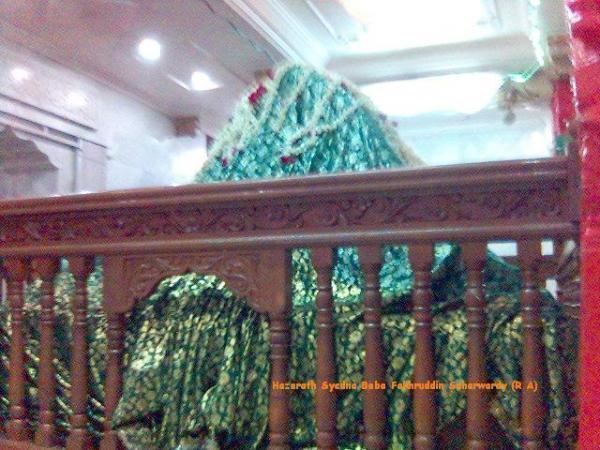
Popular legend says that Baba Fakruddin was searching for a place to settle when his Guru gave him a dry twig and said to him, "wherever this twig will bloom to a big plant stay there." Baba then planted the twig and slept under a tree only to awake and saw it become a beautiful plant and he stayed there.
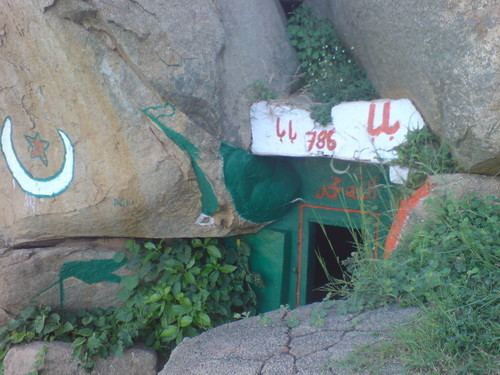
He is commonly known as Babaiah in India and his name has been taken by many men over the centuries due to a widespread popular respect for his legend. Today, his mausoleum is located in Penukonda, Anantapur District, Andhra Pradesh, India.
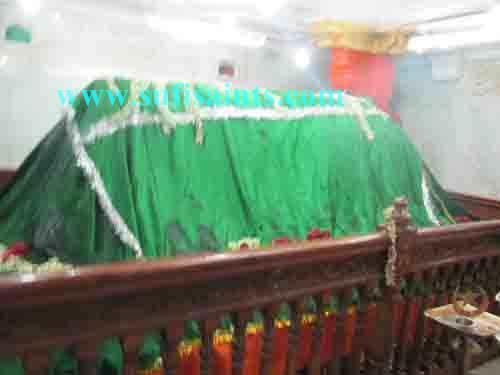
Hazrath BABA FAKRUDDIN
Popular Legend and Miracle

According to legend, Baba preached to a king on how one can live even after his/her death. He taught that the subjection of one's body to intense religious zeal can have spiritual benefits. He claimed that living in this manner enables one to attain unity with Allah and have an immortal body until the Day of Judgement.
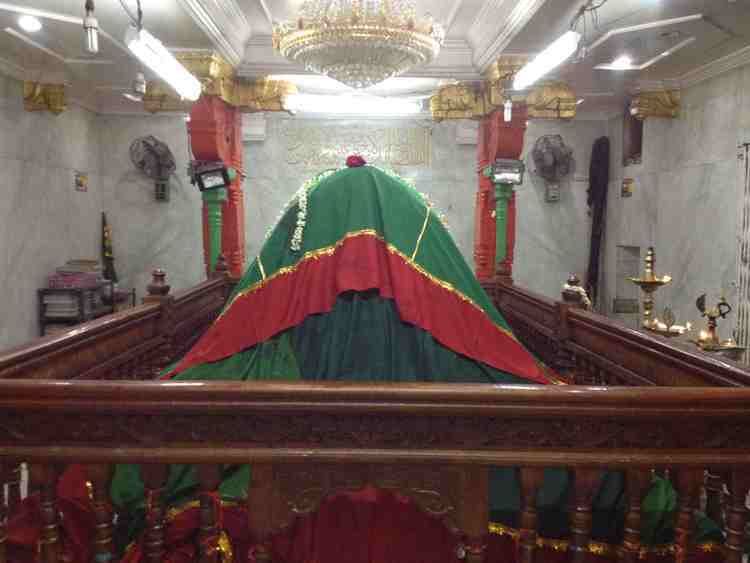
Baba quoted to the king as an example: Two pots made of clay, one just dried in sun and the other burnt in a furnace, buried after digging two separate pits in the mud. After few days, when both the pits opened, the burnt pot has well intact its form and shape whereas the pot that was dried but not burnt, has lost its form and turned into clay.

In Baba's parable, the clay pot symbolizes the spiritual integrity of a person, and the sweltering heat of the furnace symbolizes the challenging decisions in his/her life to adhere to Islamic practice. Although the clay pot burns, as a person would preserve to follow Allah and his Prophets' preachings, the result is a "hardened" body. He/she shall be alive even in the grave, and the body won’t get touched by mud or any insects.

As the king was still doubtful, Baba stated that the king could check for himself, by opening Baba’s grave when he died. He told the king to see if his body remained untouched by mud even after being buried for 40 years. The king replied to Baba that he is already old and may die before the 40 years. Baba smiled and offered his own 40 years of life to the king to verify his claim by opening his grave after 40 years. Baba also asked the king to open his grave after only 40 days of burial.
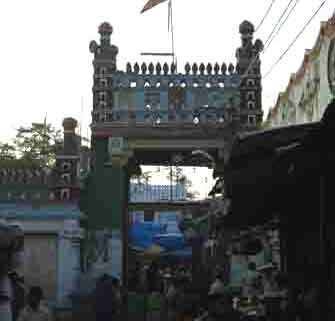
Baba died after few days. Forty days later the king and others dug up Baba's body and observed that it was fresh with a smile on its face.
The king was convinced. However, to substantiate, after forty years they did it again and found that the Baba's body was still fresh and full of flowers.
As commanded by Baba, three flowers were taken which were on his chest.
